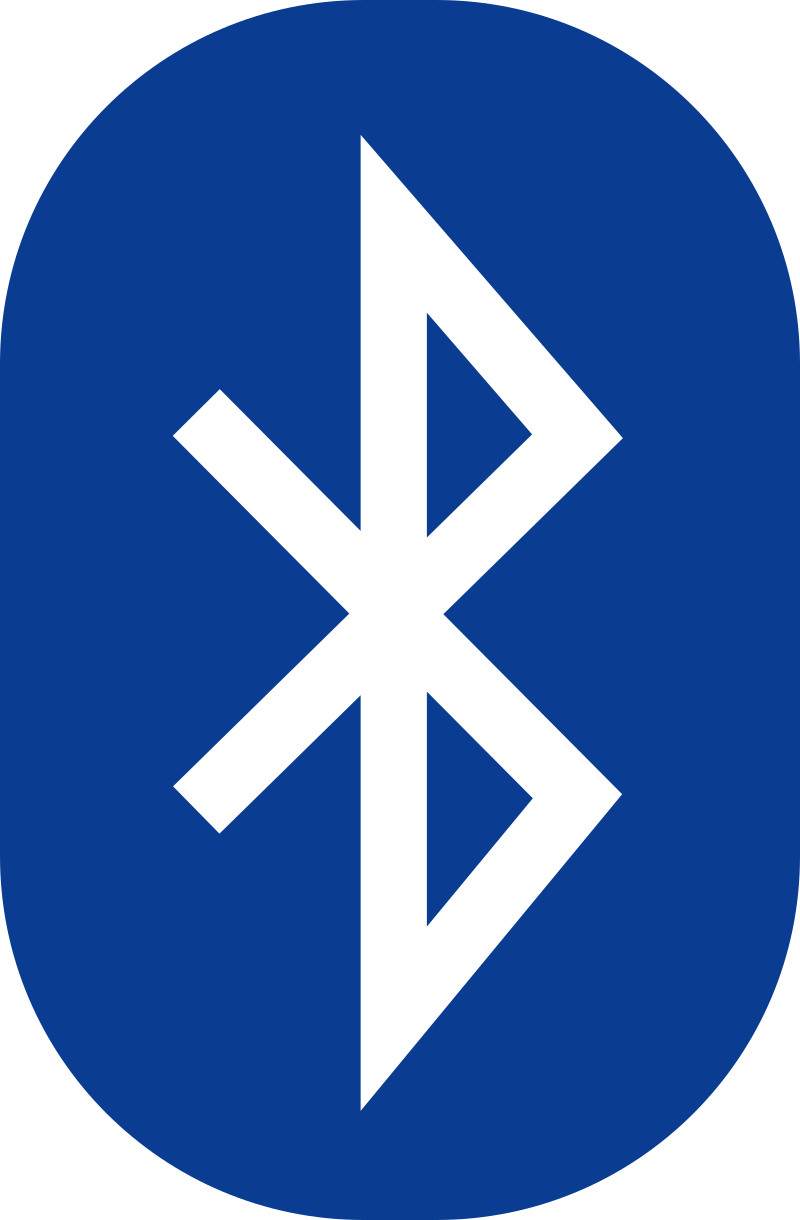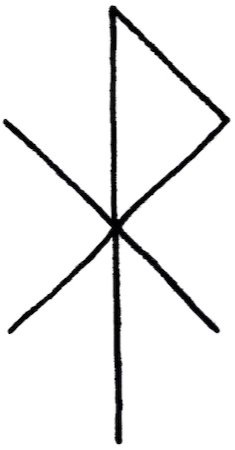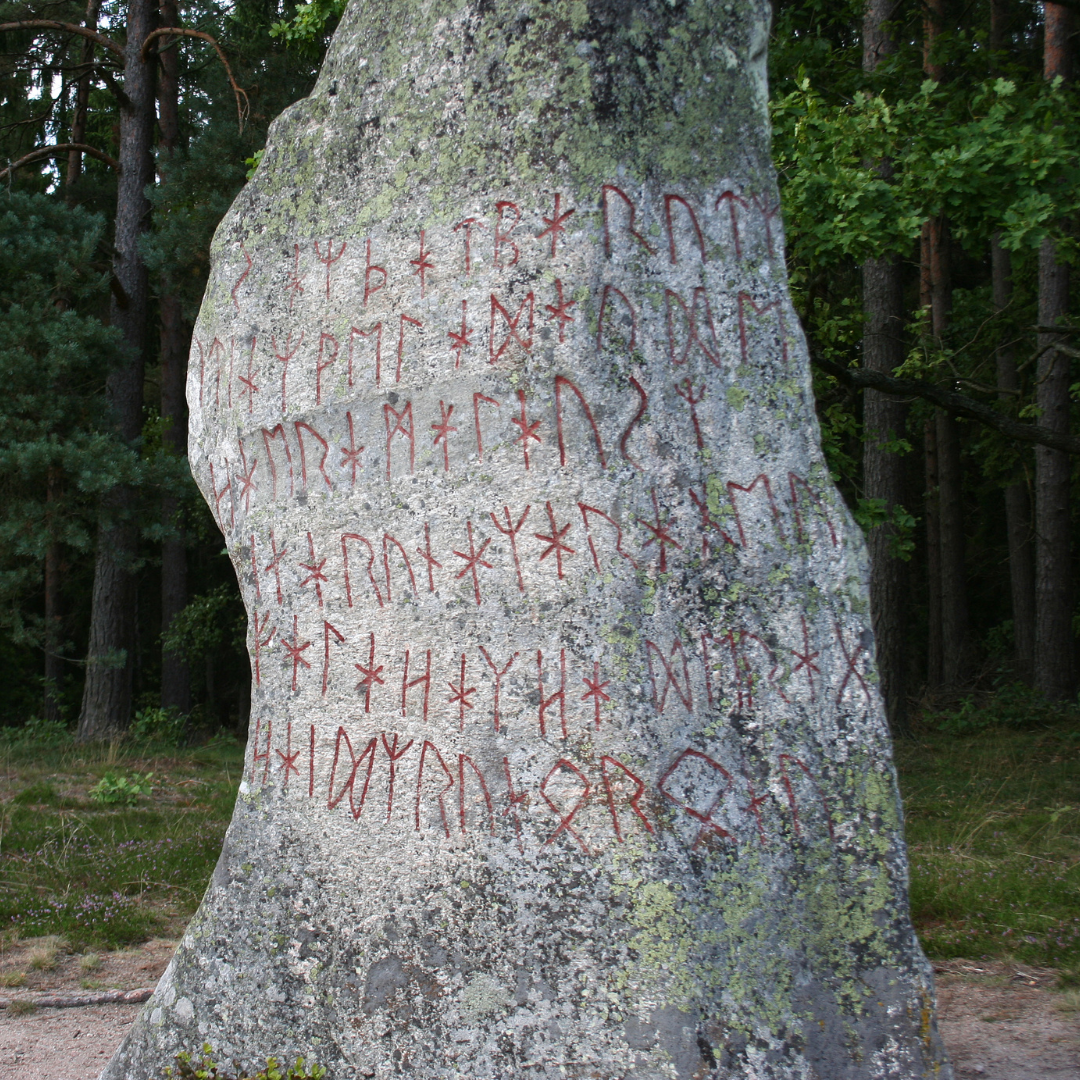What Are Bindrunes?
Bindrunes, also known as Bind Runes, are ligatures made up of two or more runes. A ligature is created when two or more phonetic symbols (graphemes), or two or more letters from an alphabet, are combined to make a single glyph.
Bluetooth logo
Bindrunes are not often found on Viking Age artifacts, but they were more commonly used in periods of time before and after the Viking Age, as evidenced by archeological finds.
The most common bindrunes featured two runes joined together, often sharing one vertical line as a connection point. The Bluetooth logo is an excellent example of this type of bindrune; its glyph is a combination of the Younger Futhark runes ᛒ and ᚼ, which phonetically represent the letters B and T respectively.
A less common form of bindrune, a same-stave rune, is found almost exclusively in mainland Northern Europe and features a row of runes connected by a common line that more commonly runs horizontally but sometimes vertically.
Bindrunes were used for decorative or ornamental purposes, and they could also be used as a symbolic signature for a person. Many archeological examples of same-stave runes show that they were used to name a person or a place on runestone monuments.
“Joyful Meeting” Bindrune
Even though they are no longer used in the same ways in our modern world, bindrunes can be a powerful and concise way to bring the positive / helpful energy of multiple runes into one symbol that can be used in a variety of ways (altar work, company logo, ritual work, wearable talisman, etc). Tattoos are another popular way to bear the old world power of a bindrune in modern society.
To the right is another example of a bindrune, one I drew by hand. This bindrune combines Gebo (ᚷ) and Wunjo (ᚹ) to create a bindrune I call “Joyful Meeting.”
If you are interested learning more about Bindrunes, feel free to click here and contact me!
An example of a standing rune stone monument.


